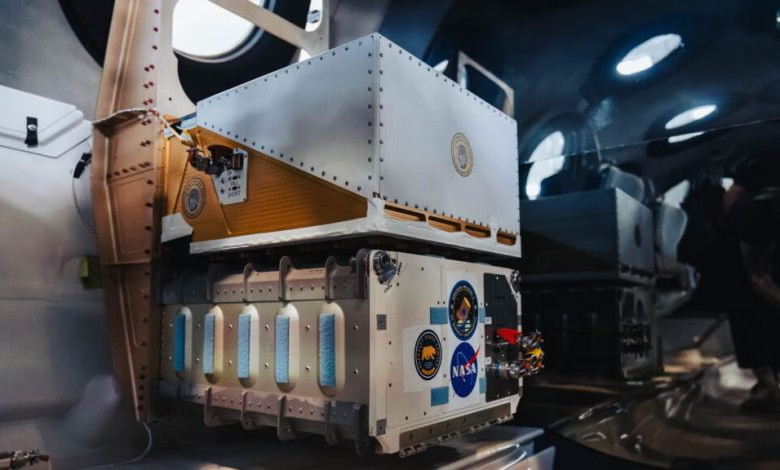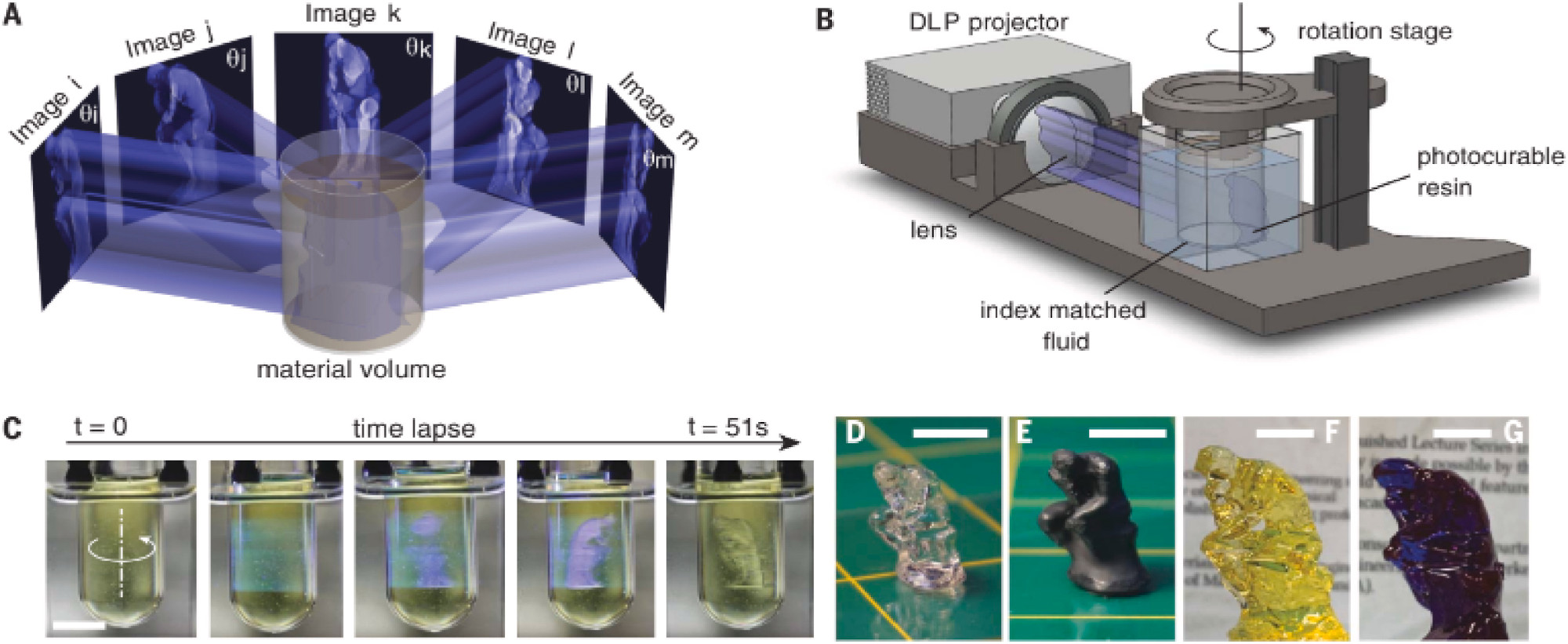Right here on Earth, with the ability to 3D print substitute elements is useful, however hardly ever vital. If you happen to’ve bought a damaged o-ring, printing one out is simply saving you a visit to the ironmongery store. However on the Moon, Mars, or in deep house, that damaged part may very well be the distinction between life and loss of life. In such an atmosphere, the flexibility to print substitute elements on demand guarantees to be a sport changer.
Which is why the latest profitable check of a next-generation 3D printer developed by a bunch of Berkeley researchers is so thrilling. Throughout a sub-orbital flight aboard Virgin Galactic’s Unity spaceplane, the SpaceCAL printer was in a position to quickly produce 4 check prints utilizing a singular printing know-how generally known as computed axial lithography (CAL).
NASA already demonstrated that 3D printing in house was doable aboard the Worldwide Area Station in a sequence of exams in 2014. However the printer used for these exams wasn’t far eliminated technologically from industrial desktop fashions, in that the objects it produced had been constructed layer-by-layer out of molten plastic.
As compared, CAL produces a strong object by polymerizing a extremely viscous resin inside a rotating cylinder. The trick is to just about rotate the 3D mannequin on the identical pace because the cylinder, and to mission a 2D illustration of it from a set view level into the resin. The method just isn’t solely quicker than conventional 3D printers, however entails fewer shifting elements.
Lead researcher [Taylor Waddell] says that SpaceCAL had already carried out effectively on parabolic flights, which give a reduced-gravity atmosphere for brief durations of time, however the longer period of this flight allowed them to push the machine farther and acquire extra information.
It’s additionally a superb reminder that, whereas typically dismissed because the playthings of the rich, sub-orbital spacecraft like these being developed by Virgin Galactic and Blue Origin are able to internet hosting actual scientific analysis. So long as your experiment doesn’t must be in house for various minutes to perform its targets, they will provide a ticket to house that’s not solely cheaper than a standard orbital launch, however comes with much less pink tape connected.




